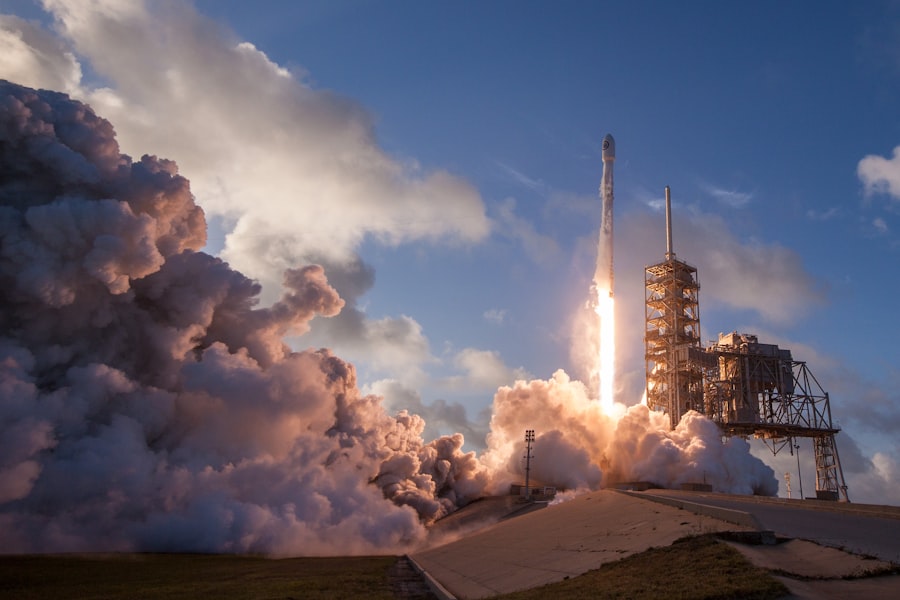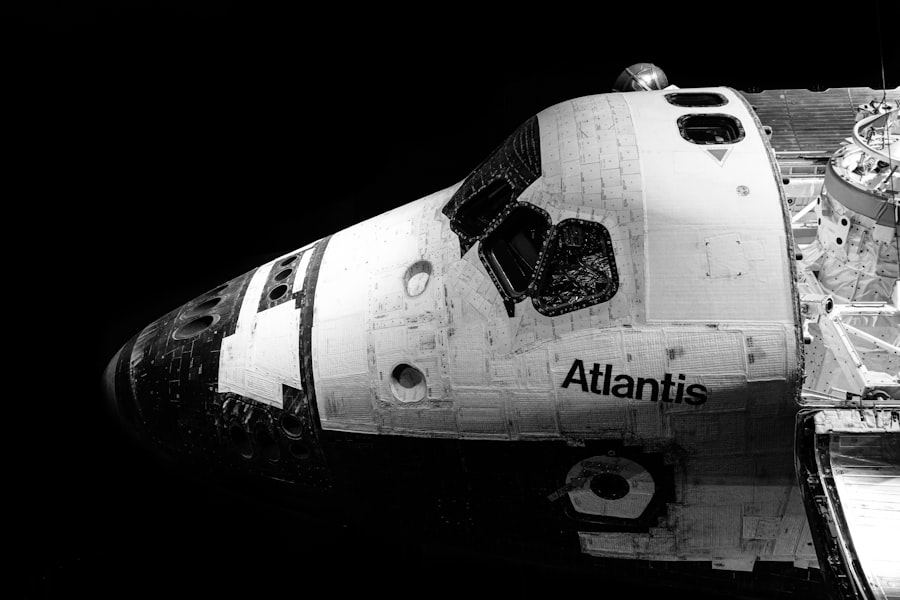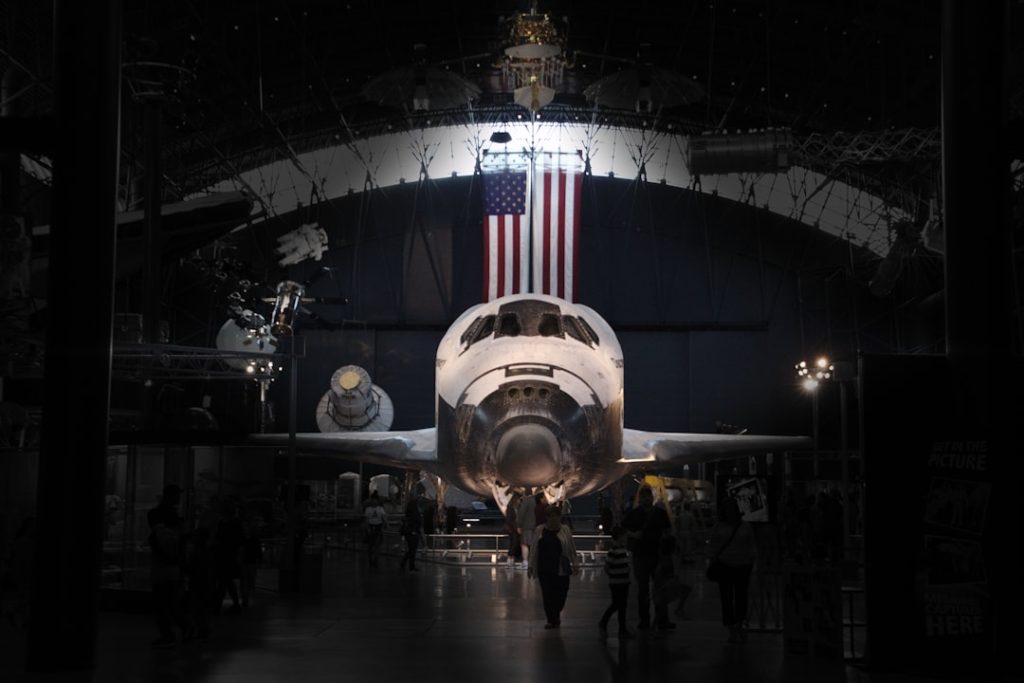The history of international space shuttle missions is a fascinating narrative that intertwines technological innovation, geopolitical dynamics, and human ambition. The Space Shuttle program, initiated by NASA in the 1970s, was designed to facilitate reusable spacecraft capable of carrying astronauts and cargo to low Earth orbit. The first shuttle, Columbia, launched on April 12, 1981, marking the beginning of a new era in space exploration.
Over the course of 30 years, the program conducted 135 missions, with a significant number involving international partners. The collaboration with other nations began to take shape in the 1980s, as NASA recognized the potential benefits of pooling resources and expertise to achieve common goals in space. One of the most notable early examples of international collaboration was the STS-7 mission in 1983, which included the first female astronaut, Sally Ride, and marked a pivotal moment in gender representation in space.
However, it was the later missions that truly exemplified international cooperation. The construction of the International Space Station (ISS) became a focal point for global collaboration, with contributions from space agencies such as the European Space Agency (ESA), Roscosmos (Russia), and the Japan Aerospace Exploration Agency (JAXA). The shuttle missions played a crucial role in delivering modules and supplies to the ISS, solidifying the importance of international partnerships in advancing human presence in space.
Key Takeaways
- International Space Shuttle Missions have a rich history dating back to the 1960s, with the first successful manned mission being Apollo 11 in 1969.
- International collaboration has played a crucial role in space exploration, with countries working together to share resources, knowledge, and technology for the advancement of space missions.
- Scientific discoveries made during international space shuttle missions have significantly contributed to our understanding of space, including the study of microgravity effects on the human body and the discovery of new celestial bodies.
- Astronauts face numerous challenges and risks during international space shuttle missions, including exposure to radiation, isolation, and the potential for equipment malfunctions.
- International space shuttle missions have had a profound impact on technology and innovation, leading to the development of new materials, medical advancements, and improved communication systems.
The Role of International Collaboration in Space Exploration
International collaboration has been a cornerstone of modern space exploration, particularly evident in the context of the Space Shuttle program. The complexity and cost associated with space missions necessitate a cooperative approach, allowing countries to share resources, knowledge, and technology. This collaborative spirit was epitomized by the ISS, which serves as a microcosm of international relations in space.
The station is a joint project involving five participating space agencies: NASA (United States), Roscosmos (Russia), ESA (Europe), JAXA (Japan), and CSA (Canada). Each agency contributes unique capabilities and expertise, fostering an environment where scientific research can thrive. The benefits of such collaboration extend beyond mere resource sharing.
Working together on projects like the ISS has led to the establishment of trust and mutual understanding among nations that may have differing political agendas. For instance, during the Cold War, the United States and Russia were adversaries on Earth but found common ground in their pursuit of space exploration. The shuttle missions facilitated this partnership by enabling joint missions and shared scientific objectives.
This collaboration has not only advanced our understanding of space but has also served as a diplomatic tool, promoting peace and cooperation among nations.
The Scientific Discoveries Made During International Space Shuttle Missions

The scientific discoveries made during international space shuttle missions are vast and varied, contributing significantly to our understanding of Earth and the universe. One of the primary objectives of these missions was to conduct experiments in microgravity, which allows scientists to observe phenomena that cannot be replicated on Earth. For example, during STS-95 in 1998, astronaut John Glenn returned to space at the age of 77, conducting experiments on aging and its effects on human physiology.
His participation underscored the potential for space research to inform medical science and improve health outcomes on Earth. Another significant area of research involved materials science. The microgravity environment provided unique opportunities to study how materials behave without the interference of gravity.
Experiments conducted aboard the shuttle led to advancements in various fields, including metallurgy and fluid dynamics. For instance, the Materials Science Research Facility aboard the shuttle allowed scientists to investigate the solidification processes of metals and alloys, leading to improved manufacturing techniques on Earth. These discoveries have had far-reaching implications for industries ranging from aerospace to electronics.
The Challenges and Risks Faced by Astronauts During International Space Shuttle Missions
| Challenges and Risks | Description |
|---|---|
| Microgravity | Astronauts experience muscle atrophy and bone density loss due to prolonged exposure to microgravity. |
| Radiation | Exposure to high levels of cosmic and solar radiation can increase the risk of cancer and other health issues. |
| Isolation | Astronauts face psychological challenges due to being isolated from friends and family for extended periods. |
| Space Debris | The risk of collision with space debris can cause catastrophic damage to the spacecraft and endanger the crew. |
| Re-Entry | The intense heat and pressure during re-entry into Earth’s atmosphere pose a significant risk to the astronauts’ safety. |
Despite the remarkable achievements of international space shuttle missions, astronauts faced numerous challenges and risks throughout their journeys. The inherent dangers of space travel are well-documented; however, each mission presented unique obstacles that tested the resilience and adaptability of crew members. One of the most significant risks was exposure to radiation.
In low Earth orbit, astronauts are subjected to higher levels of cosmic radiation than on Earth, which can increase their risk of cancer and other health issues. To mitigate this risk, mission planners carefully calculated flight paths and durations to minimize exposure. Another challenge was the psychological strain associated with long-duration missions.
Astronauts often spent weeks or months aboard the shuttle or ISS, living in confined spaces with limited social interaction. This isolation can lead to stress and anxiety, necessitating psychological support systems both before and during missions. NASA implemented rigorous training programs that included simulations of life in space, helping astronauts develop coping strategies for potential psychological challenges.
Additionally, crew members were trained to work collaboratively under pressure, ensuring that they could effectively manage any crises that arose during their missions.
The Impact of International Space Shuttle Missions on Technology and Innovation
The international space shuttle missions have had a profound impact on technology and innovation across various sectors. The development of reusable spacecraft itself was a groundbreaking achievement that revolutionized space travel. By allowing multiple flights with the same vehicle, NASA significantly reduced costs associated with launching payloads into orbit.
This innovation paved the way for future spacecraft designs and has influenced commercial spaceflight initiatives. Moreover, technologies developed for shuttle missions have found applications beyond aerospace. For instance, advancements in life support systems have led to improvements in environmental control technologies used in hospitals and submarines.
The need for efficient recycling systems aboard the shuttle prompted innovations in water purification and air filtration technologies that are now utilized in various industries on Earth. Additionally, materials developed for thermal protection systems have been adapted for use in fire-resistant clothing and equipment.
The Future of International Space Shuttle Missions and Space Exploration

As we look toward the future of international space shuttle missions and broader space exploration efforts, several trends are emerging that will shape this next chapter. While NASA’s Space Shuttle program officially ended in 2011, its legacy continues through ongoing international collaborations aimed at exploring deeper into our solar system. The Artemis program represents a significant step forward as it seeks to return humans to the Moon by 2024 and establish a sustainable presence there by 2028.
This initiative involves partnerships with various countries and private companies, reflecting a continued commitment to international cooperation. Moreover, advancements in technology are paving the way for new forms of exploration beyond traditional shuttle missions. The rise of commercial spaceflight companies like SpaceX and Blue Origin is transforming access to space by providing more affordable launch options for scientific research and exploration missions.
These developments are likely to foster even greater international collaboration as nations seek to leverage private sector capabilities for their own objectives in space.
The Cultural and Political Significance of International Space Shuttle Missions
The cultural and political significance of international space shuttle missions extends far beyond scientific achievements; they serve as powerful symbols of human ingenuity and cooperation across borders. The collaborative nature of these missions has fostered goodwill among nations, demonstrating that shared goals can transcend political differences. For example, during times of geopolitical tension, joint missions have provided opportunities for dialogue and collaboration between countries that might otherwise be at odds.
Culturally, these missions have inspired generations to pursue careers in science, technology, engineering, and mathematics (STEM). The visibility of astronauts from diverse backgrounds working together has helped promote inclusivity within these fields. Programs aimed at engaging young people in STEM education often reference the achievements of international crews aboard shuttles as examples of what can be accomplished through teamwork and dedication.
The Legacy of International Space Shuttle Missions for Humanity
The legacy of international space shuttle missions is multifaceted, encompassing scientific advancements, technological innovations, cultural inspiration, and diplomatic achievements. These missions have fundamentally altered our understanding of life beyond Earth while simultaneously fostering a spirit of global cooperation that is essential for addressing complex challenges facing humanity today. As we continue to explore new frontiers in space, the lessons learned from past shuttle missions will undoubtedly inform future endeavors.
The impact of these missions is evident not only in scientific research but also in how they have shaped our collective identity as a species capable of reaching beyond our planet. The images of astronauts working together aboard the ISS serve as reminders that collaboration is key to overcoming obstacles—whether they be in space exploration or addressing pressing global issues such as climate change or public health crises. As we look ahead to future explorations beyond our solar system, it is clear that the spirit of international collaboration fostered by past shuttle missions will remain vital for humanity’s journey into the cosmos.


